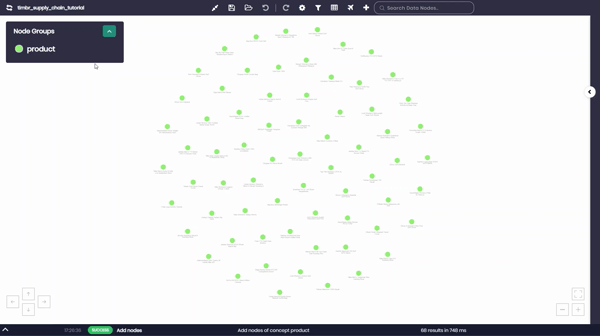ontologies for low code dev.
Retool
With Timbr, Retool users gain direct access to enriched, governed semantic ontologies that bring meaning, relationships, and reusability to enterprise data.
Whether connecting through SQL, REST, or OpenAPI, Timbr simplifies how Retool developers explore data, define logic, and deliver consistent insights across applications.
Key Capabilities
Faster Development with Governed Data
Eliminate redundant logic. Timbr exposes curated concepts, relationships, and ready-to-use metrics as a semantic API, enabling developers to build Retool apps without rewriting queries or revalidating logic.
Multiple Integration Options
Choose the best-fit integration: query Timbr via SQL connectors (e.g., Databricks), REST APIs, or OpenAPI. Each method gives users flexible, scalable access to Timbr’s ontology-powered data and metrics.
No Data Movement, Full Virtualization
Timbr virtualizes enterprise data – across clouds and silos – so Retool apps can consume up-to-date, modeled data directly from the source, reducing data sprawl and improving security posture.
Self-Service Meets Governance
Gives developers autonomy without sacrificing oversight. Timbr’s semantic models ensure that every Retool-built interface is grounded in shared definitions, versioned metrics, and governed access.
How it Works
- SQL-based access: Connect Retool to Timbr through a SQL-speaking engine like Databricks. Query semantic models and metrics just like any database table, no need to change how teams work.
- REST & OpenAPI access: Timbr exposes semantic concepts and metrics as endpoints. Retool can treat these APIs as data sources, making it easy to fetch, filter, and visualize governed data.
- Dynamic Resources: Set up Timbr as a Retool resource using OpenAPI or REST in just minutes. Build apps that automatically reflect updates in your Timbr model, no redeployment needed.

